Football is a physically demanding sport, and injuries are common. To ensure the safety of players on and off the pitch, having a properly equipped football first aid kit is essential. A comprehensive football first aid kit contains all the necessary components to provide immediate medical assistance and promote quick recovery. In this guide, we will explore the essential components that every football first aid kit should include, along with important considerations for maintaining and replenishing the kit.
When it comes to football first aid kits, there are several key components that are crucial for effectively treating common injuries. These include band-aids, splints, elastic wraps, finger splints, gauze pads, scissors, gloves, CPR face shield or mask, and pain relievers. Additionally, having players’ medical information and emergency medical service numbers readily available is crucial in case of severe injuries or emergencies.
Wound care is another important aspect of football first aid. Including wound dressings, adhesive bandages, antiseptic wipes, and wound-care spray in your kit will help in treating cuts, scrapes, and other open wounds quickly and effectively.
Supporting and immobilizing injuries is vital to prevent further damage and promote healing. Splints, elastic wraps, and finger splints can help stabilize fractures, sprains, and other related injuries, ensuring players receive proper care right on the field.
Having the right tools for medical assistance is essential in providing immediate care. Scissors, tweezers, and a pen light can assist in wound cleaning and foreign object removal, while a CPR face shield or mask is crucial in emergency situations. Gloves should also be included to maintain hygiene and prevent cross-contamination.
Medications and pain relief options are important for managing pain, inflammation, and allergic reactions that may occur during play. Including items such as ibuprofen and Benadryl in your first aid kit can provide immediate relief and ensure players’ comfort.
Other important considerations when assembling a football first aid kit include regularly checking and replenishing items, as well as educating yourself and your team on basic first aid techniques and injury prevention strategies. By staying prepared and informed, you can effectively handle football-related injuries and create a safer playing environment.
In conclusion, a well-stocked football first aid kit is a vital component in safeguarding the health and well-being of players. By including the essential components mentioned in this guide, regularly maintaining and replenishing the kit, and staying knowledgeable about first aid techniques and injury prevention, you can ensure that your team is prepared to handle any medical emergency that may arise on the field.
Understanding the Importance of a Football First Aid Kit
In the fast-paced and physical game of football, injuries can occur at any time, from minor cuts and bruises to more serious sprains or fractures. That’s why it’s crucial for every team to have a well-equipped first aid kit, filled with essential supplies to promptly address injuries and ensure the safety of players.
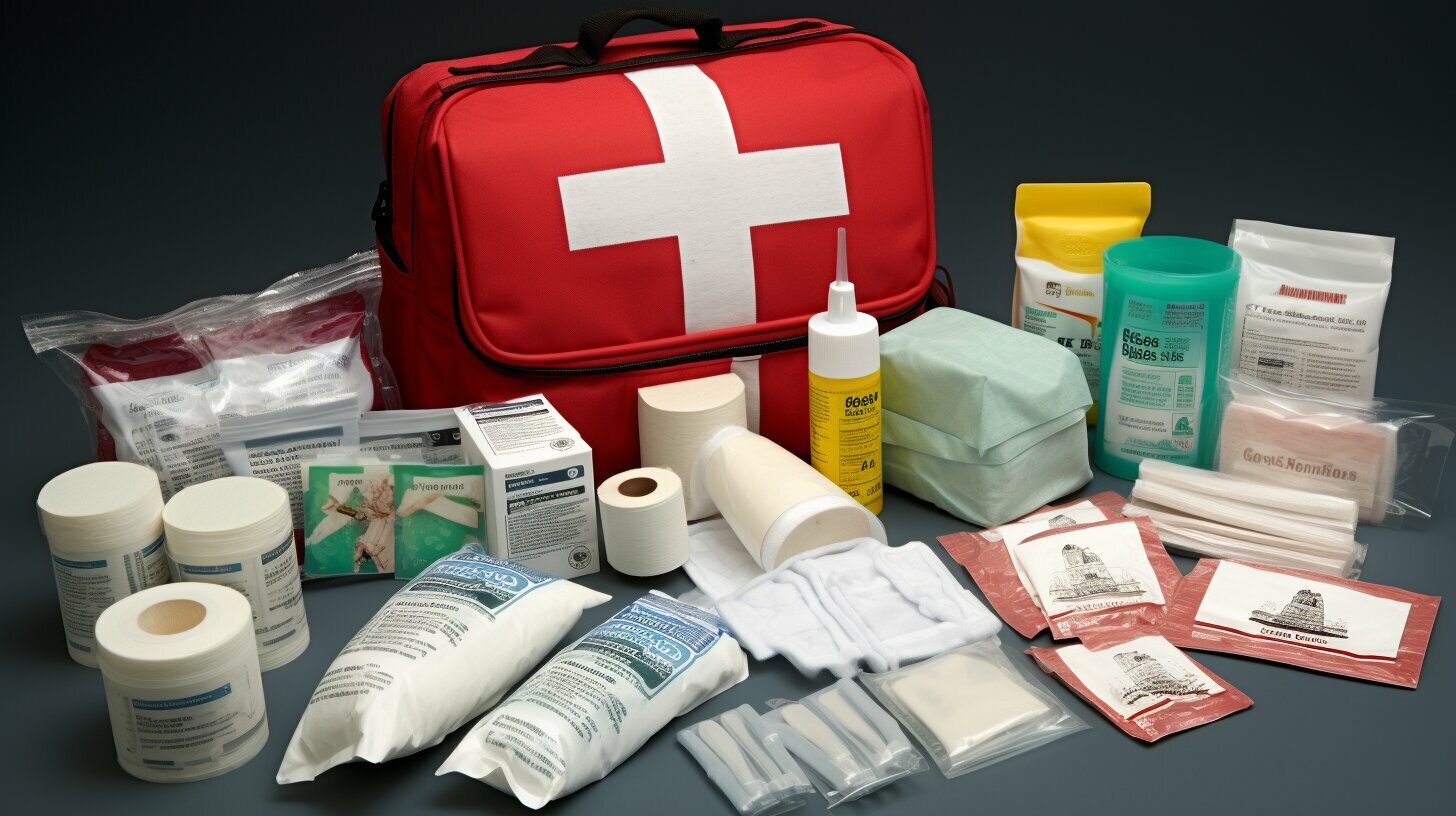
A football first aid kit should include a variety of sports first aid supplies and football safety equipment. Band-aids, wound dressings, adhesive bandages, and antiseptic wipes are essential for wound care, while elastic bandages, splints, and finger splints can support and immobilize injuries. Tools like scissors, tweezers, gloves, and a CPR face shield or mask are necessary for providing medical assistance in emergency situations.
It is important to regularly check and replenish items in the kit, ensuring that it is always fully stocked and ready for use. Additionally, educating yourself and your team on basic first aid techniques and injury prevention strategies can make a significant difference in handling football-related injuries effectively. By being prepared and having the right supplies on hand, you can help ensure the safety and well-being of every player on the field.
Essential Components for Wound Care
Proper wound care is crucial in football, as players are often prone to cuts and scrapes due to contact with equipment, tackles, or falls. Including the right components for wound care in a football first aid kit is essential to ensure prompt and effective treatment.
When it comes to wound dressings, it’s important to have a variety of options to cater to different types and sizes of wounds. Gauze pads are versatile and can be used to cover larger injuries, while adhesive bandages are ideal for smaller cuts and scrapes. Keeping a supply of both in your kit will allow you to handle various wounds efficiently.
In addition to wound dressings, having adhesive bandages is also crucial. These bandages help to protect cuts and scrapes from further injury and provide a barrier against dirt and bacteria. They are easy to apply and remove, making them convenient for quick on-field treatment.
| Football Medical Supplies | Wound Dressings | Adhesive Bandages |
|---|---|---|
| Gauze pads | Versatile for various wound sizes | Protect cuts and scrapes |
| Hydrogen peroxide | Helps clean and disinfect wounds | Barrier against dirt and bacteria |
| Isopropyl alcohol | Disinfectant for cleaning wounds | Easy to apply and remove |
Alongside wound dressings and adhesive bandages, it’s also important to include other wound care supplies in your first aid kit. Antiseptic wipes, hydrogen peroxide, and isopropyl alcohol can be used to clean and disinfect wounds, helping to prevent infections. These supplies should be used with caution and in accordance with proper wound care guidelines to ensure optimal healing.
By including the essential components for wound care in your football first aid kit, you can ensure that you are well-prepared to address the common cuts and scrapes that players may encounter on the field. Remember to regularly check and replenish these items to maintain a well-stocked and effective first aid kit.
Supporting and Immobilizing Injuries
When a player sustains an injury that requires immobilization, quick and proper support can make a significant difference in preventing further damage and facilitating recovery. In a football first aid kit, splints, elastic wraps, and finger splints are essential components that provide the necessary stability and support for different types of injuries.
Splints are crucial for immobilizing fractures, sprains, and other related injuries. These rigid supports help to keep the injured area still, preventing any unnecessary movement that could worsen the condition. They are typically made of lightweight materials such as aluminum or foam, ensuring both comfort and effectiveness.
Elastic wraps, also known as compression bandages, play a vital role in supporting joints and reducing swelling. By securely wrapping an injured limb, these elasticized bandages provide gentle compression, which helps to minimize inflammation and promote proper healing. They are particularly useful for ankle and knee injuries that commonly occur in football.
Finger splints are specifically designed to provide stability and protection to fingers that have been sprained, dislocated, or fractured. These lightweight and flexible supports can be easily adjusted and secured in place, ensuring that the injured finger remains immobilized while allowing some freedom of movement for other fingers.
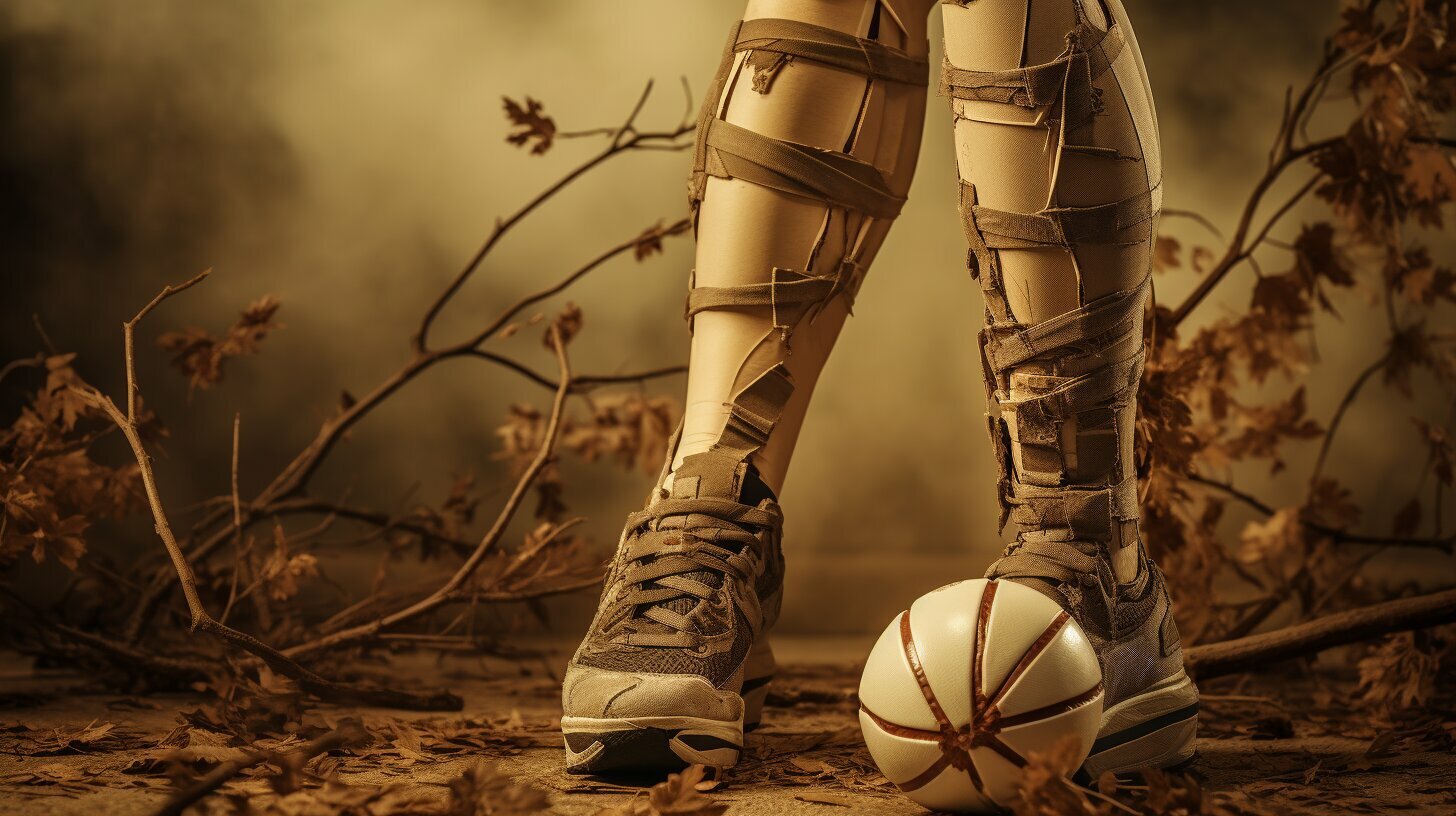
| Splints | Elastic Wraps | Finger Splints |
|---|---|---|
| Stabilize fractures and sprains | Support joints and reduce swelling | Immobilize sprained, dislocated, or fractured fingers |
| Lightweight and comfortable | Elasticized for gentle compression | Flexible and adjustable |
| Prevent further damage | Promote proper healing | Protect injured fingers |
Having these essential components in your football first aid kit ensures that you are prepared to provide the necessary support and immobilization in case of an injury. Remember to follow proper first aid protocols and seek professional medical assistance when needed.
Essential Tools for Medical Assistance
Alongside supplies and dressings, a football first aid kit should also contain essential tools that can be used to assist in medical procedures or emergencies. These tools are vital in providing immediate care and ensuring the safety of players on the field. Here are some must-have tools for your football first aid kit:
Scissors
A pair of sharp, stainless steel scissors is essential for cutting tape, gauze, and clothing to access and treat injuries effectively. Look for scissors with a rounded tip to minimize the risk of accidental cuts.
Tweezers
Tweezers are perfect for removing splinters, thorns, or any small foreign objects that may become embedded in the skin. They are essential for ensuring proper wound care and preventing infections.
Gloves
Disposable gloves are crucial for maintaining proper hygiene when coming into contact with bodily fluids or administering first aid. Choose latex or nitrile gloves that fit snugly to ensure good dexterity and protection.
CPR Face Shield or Mask
In case of a cardiac arrest or respiratory emergency, a CPR face shield or mask is essential for safely administering cardiopulmonary resuscitation. This tool provides a barrier between the rescuer and the person receiving CPR, preventing the transmission of diseases and ensuring effective ventilation.
| Tool | Function |
|---|---|
| Scissors | To cut tape, gauze, and clothing |
| Tweezers | To remove splinters and foreign objects |
| Gloves | To maintain proper hygiene |
| CPR Face Shield or Mask | To safely administer CPR |
Having these essential tools in your football first aid kit ensures that you are well-prepared to handle various medical situations that may arise during a game or practice. Remember to regularly check and replenish your first aid kit to maintain its effectiveness and always prioritize safety and well-being on the field.

In the event of an injury or discomfort, having appropriate medications and pain relief options readily available in a football first aid kit can provide much-needed relief and aid in recovery. Ibuprofen and Benadryl are two essential medications that should be included in the kit to address pain, inflammation, and allergic reactions that may occur during play.
Ibuprofen is a nonsteroidal anti-inflammatory drug (NSAID) that helps reduce pain, fever, and inflammation. It is effective in managing common football-related injuries such as muscle strains, sprains, and joint pain. It is important to follow the recommended dosage guidelines and consult a healthcare professional if there are any concerns or allergies.
Benadryl is an antihistamine that can provide relief from allergic reactions, such as itching, hives, and swelling. It is essential to have this medication on hand in case of an allergic reaction to insect bites, stings, or any other allergens that players may encounter during games or practices.
When including these medications in the first aid kit, it is important to ensure they are stored in a secure and easily accessible manner. Additionally, it is crucial to regularly check their expiration dates and replenish as needed to maintain their effectiveness.
| Medication | Usage |
|---|---|
| Ibuprofen | Relieves pain, inflammation, and fever |
| Benadryl | Relieves allergic reactions, itching, and swelling |
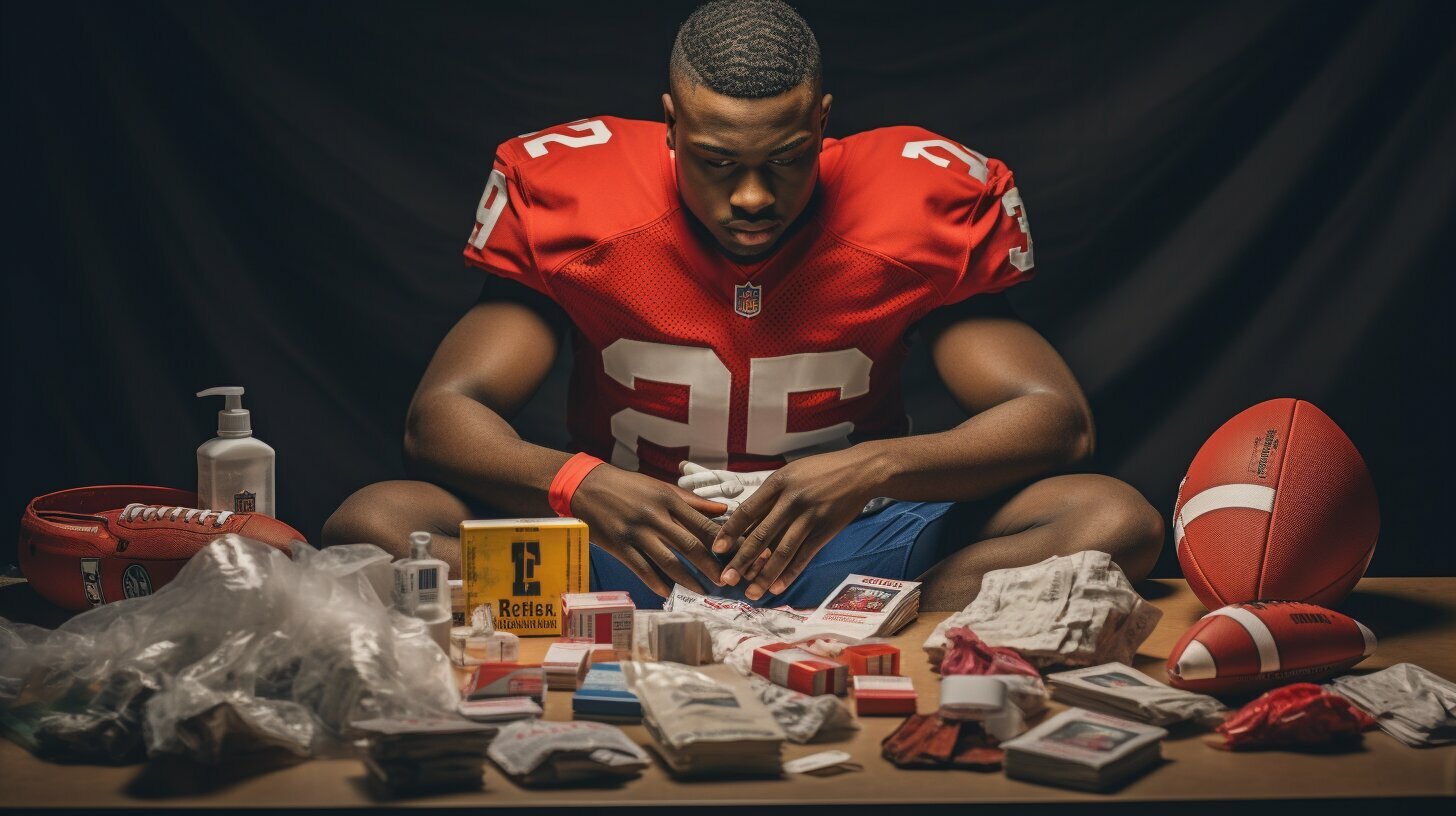
Having the right medications and pain relief options in your football first aid kit can make a significant difference in providing immediate relief and aiding in the recovery process. However, it is important to remember that first aid is just the initial step, and seeking professional medical attention is crucial for serious injuries or persistent discomfort. A well-prepared first aid kit, along with knowledge of basic first aid techniques and injury prevention strategies, is an essential part of ensuring the safety and well-being of football players.
Other Important Considerations
Beyond physical supplies, there are additional components that should be incorporated into a football first aid kit to enhance emergency preparedness and facilitate communication with medical professionals. These include players’ medical information and emergency medical service numbers.
Having detailed medical information for each player is crucial in case of an emergency. Include important details such as any pre-existing medical conditions, allergies, medications, and emergency contacts. This information will greatly assist medical professionals in providing timely and appropriate care.
Equally important is having emergency medical service numbers readily available. In case of a serious injury or medical crisis, time is of the essence, and having the right contact information can make a significant difference. Keep these numbers easily accessible for quick reference and ensure that all team members are aware of their location in the first aid kit.
Table 1: Essential Components for Emergency Preparedness
| Item | Description |
|---|---|
| Players’ Medical Information | Document with important medical details for each player |
| Emergency Medical Service Numbers | Contact information for local emergency services |
By including players’ medical information and emergency medical service numbers in the football first aid kit, you are taking proactive steps towards ensuring the safety and well-being of your team. In the event of an emergency, these components will help medical professionals provide the necessary care promptly.
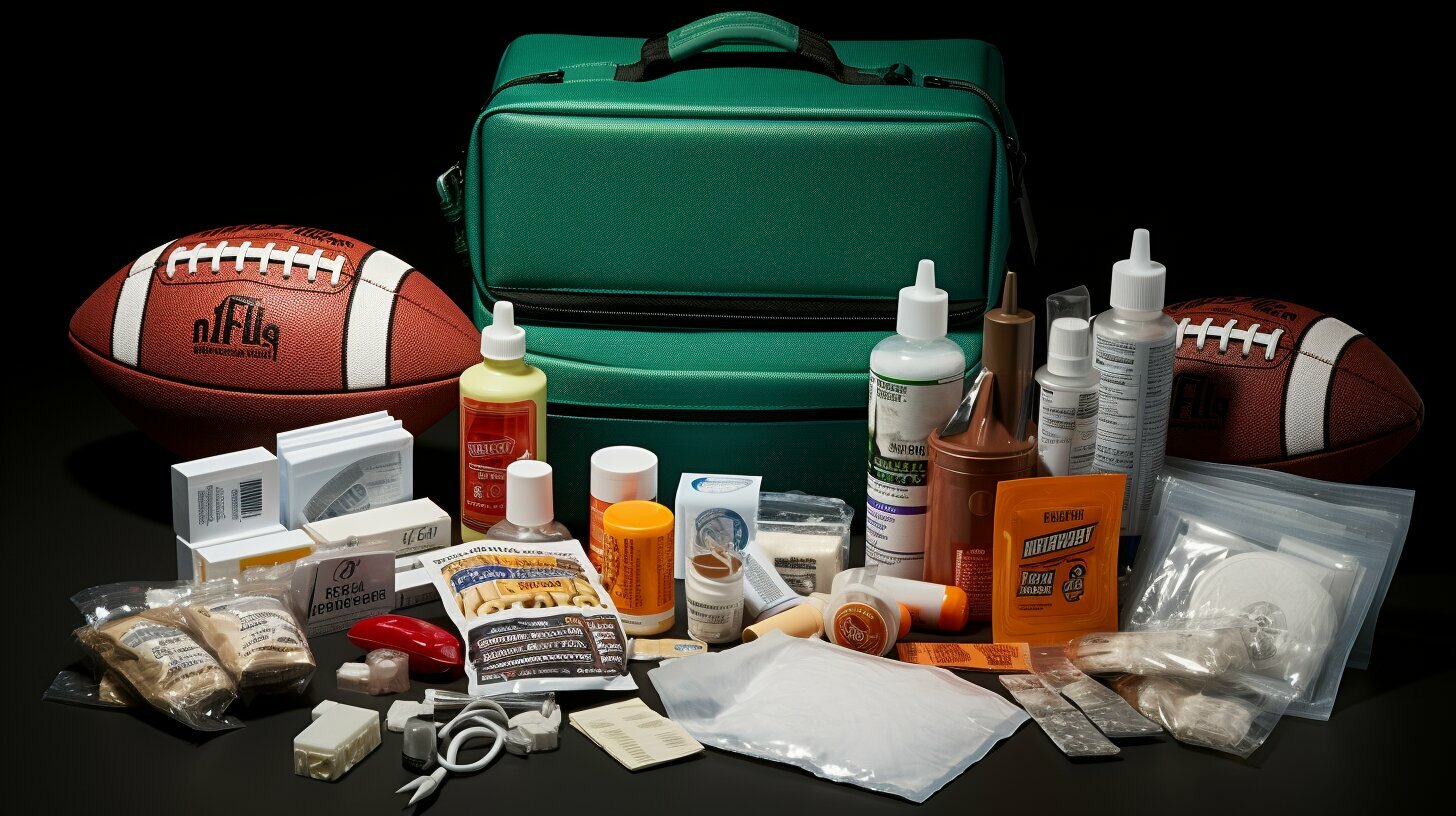
Remember, a well-prepared first aid kit is a critical component of a safe and successful football season. Regularly check and replenish the kit to ensure that all supplies are up to date and readily available. Additionally, take the time to educate yourself and your team on basic first aid techniques and injury prevention strategies. By doing so, you can foster a culture of safety and be prepared to handle any medical situation that may arise on the field.
Maintaining and Replenishing the Kit
To maintain the effectiveness of a football first aid kit, it is essential to regularly review its contents, replace expired items, and replenish supplies that have been used. By doing so, you can ensure that the kit is always ready to provide prompt and effective care in case of any injuries or emergencies on the field.
Start by checking the expiration dates of all medications, ointments, and other perishable items in the kit. Dispose of any expired products and replace them with fresh ones to guarantee their efficacy. Additionally, inspect bandages, dressings, and adhesive tapes for any signs of wear or damage. If any of these items are compromised, replace them with new ones to maintain their effectiveness.
Make a checklist of the essential items that should always be present in the football first aid kit. This includes items such as band-aids, gauze pads, elastic wraps, gloves, scissors, tweezers, and CPR masks. Regularly check the quantities of these items and replenish them as necessary to ensure that you always have an ample supply on hand.
To keep the kit organized, consider using dividers or separate compartments for different types of supplies. This will make it easier to locate items quickly during an emergency. Clean the kit regularly, removing any debris or expired items. Store it in a cool, dry place that is easily accessible during games and practices. By maintaining a well-organized and clean kit, you can ensure that it is always ready for use.
| Item | Qty |
|---|---|
| Band-aids | 10 |
| Gauze pads | 5 |
| Elastic wraps | 3 |
| Gloves | 2 pairs |
| Scissors | 1 |
| Tweezers | 1 |
| CPR mask | 1 |
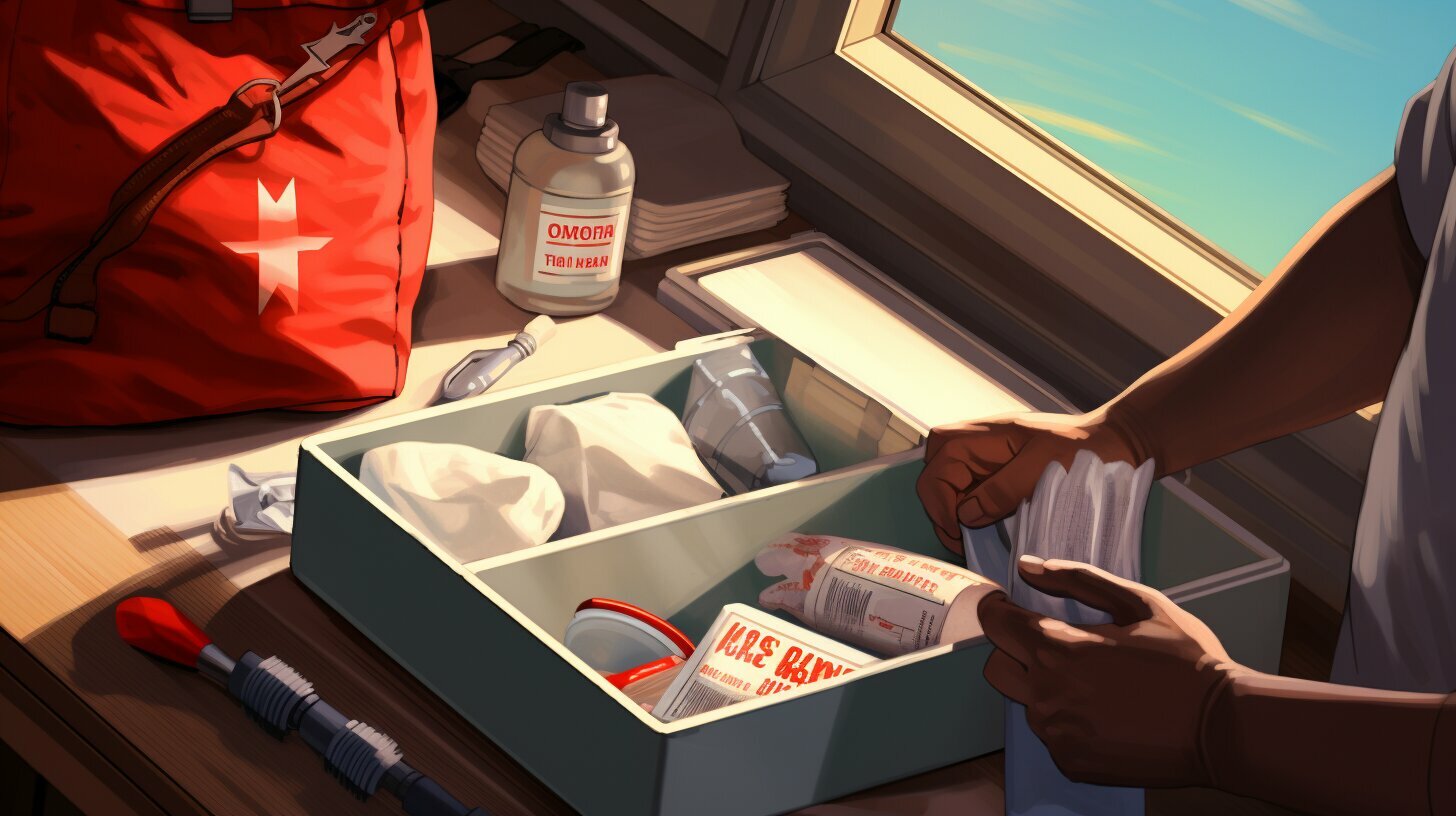
Educating Yourself and Your Team
Beyond having a well-stocked first aid kit, understanding basic first aid techniques and injury prevention strategies can significantly contribute to the safety and well-being of football players. By equipping yourself and your team with the knowledge and skills necessary to effectively respond to emergencies and prevent injuries, you can create a safer playing environment and ensure timely and appropriate medical assistance when needed.
One of the fundamental aspects of first aid education is learning basic techniques for treating common injuries encountered in football, such as cuts, sprains, and fractures. Knowing how to properly clean and dress wounds, apply splints or wraps for support, and administer CPR can make a critical difference in preventing further harm and promoting faster recovery.
In addition to first aid techniques, it is essential to implement injury prevention strategies. These may include warm-up exercises, proper conditioning, and using appropriate protective gear. By incorporating these practices into your training regime, you can reduce the risk of injuries and improve overall player safety.
The Role of Communication and Preparedness
Open communication and being prepared are also vital components of injury prevention and effective first aid response. Ensuring that all players, coaches, and staff are aware of the location and contents of the first aid kit, as well as emergency medical service numbers, is crucial. It is also advisable to keep a record of players’ medical information, including any pre-existing conditions or allergies, to assist medical professionals in providing appropriate care.
| Essential First Aid Techniques | Injury Prevention Strategies |
|---|---|
|
|
By educating yourself and your team on basic first aid techniques and injury prevention strategies, you can enhance player safety and minimize the impact of injuries on the game. Remember, prevention is always better than cure, and being well-prepared can mean the difference between a minor incident and a serious medical emergency. Take the time to educate yourself and promote a culture of safety within your football team.
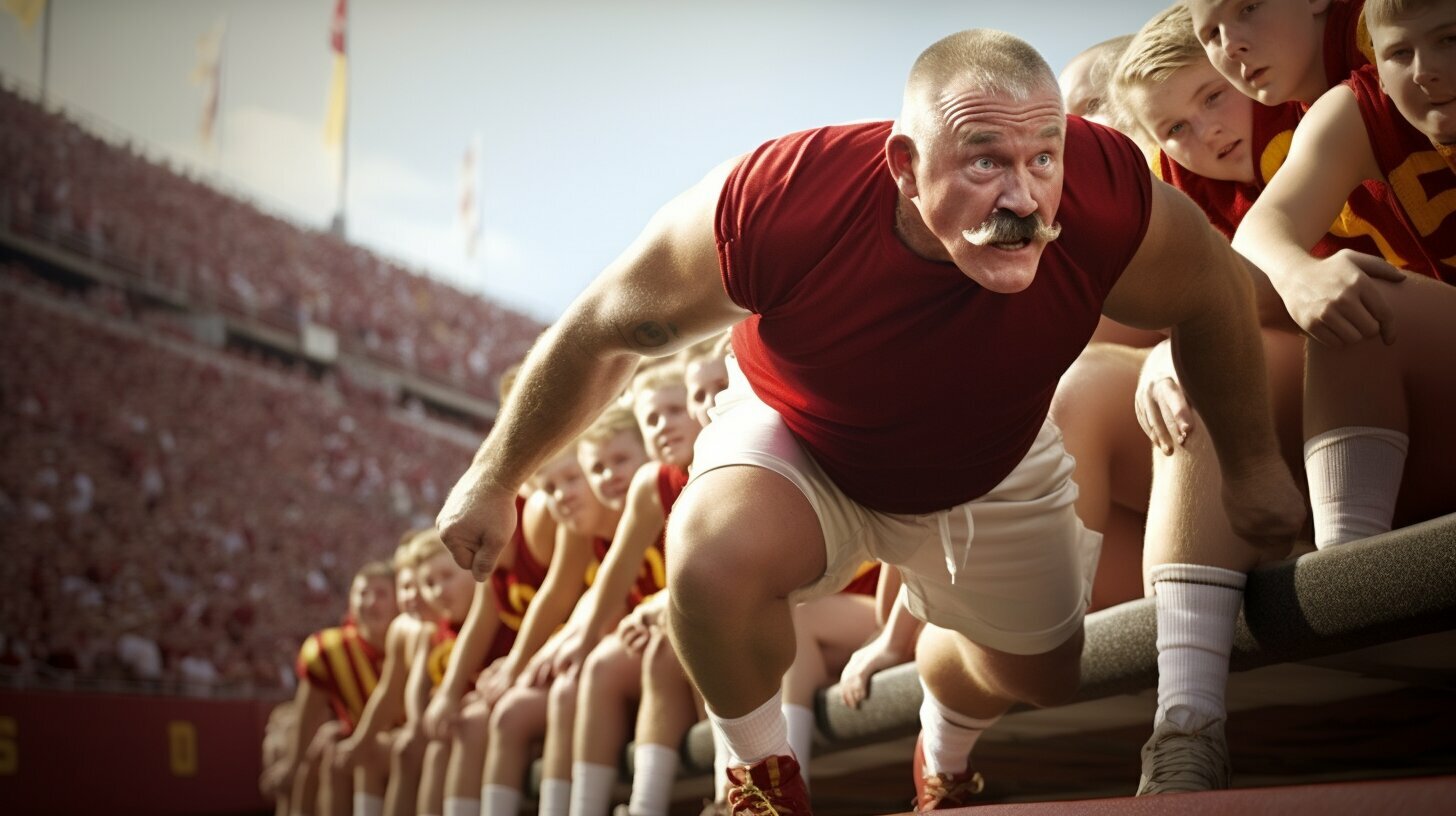
By assembling a football first aid kit with the essential components and equipping yourself and your team with the necessary knowledge and skills, you can promote a safer playing environment and be better prepared to handle common injuries that may occur. A well-stocked kit should include items such as band-aids, bleach solution, splints, elastic wraps, athletic tape, finger splints, gauze pads, hydrogen peroxide, isopropyl alcohol, instant ice packs, latex gloves, players’ medical information, emergency medical service numbers, pen light, scissors, arm sling, triple antibiotic ointment, wound-care spray, ibuprofen, Benadryl, tweezers, and a CPR mask.
It is important to keep the kit organized, clean, and nearby at all games and practices. Additional items to consider are wound dressings, adhesive bandages, elastic bandages, antiseptic wipes, scissors, tweezers, gloves, a CPR face shield or mask, and pain relievers. Regularly checking and replenishing items in the kit is crucial to ensure its effectiveness in times of need.
Educating yourself and your team on basic first aid techniques and injury prevention strategies is essential. By understanding how to properly respond to injuries and implementing preventive measures, you can significantly reduce the risk of serious harm on the field. This knowledge will not only empower you to provide immediate care but also contribute to the overall well-being and safety of all football players.
Remember, football emergency preparedness and sports injury prevention go hand in hand. By prioritizing a comprehensive first aid kit and education, you can create a supportive and secure environment where players can enjoy the game to the fullest while minimizing the potential for injuries.
